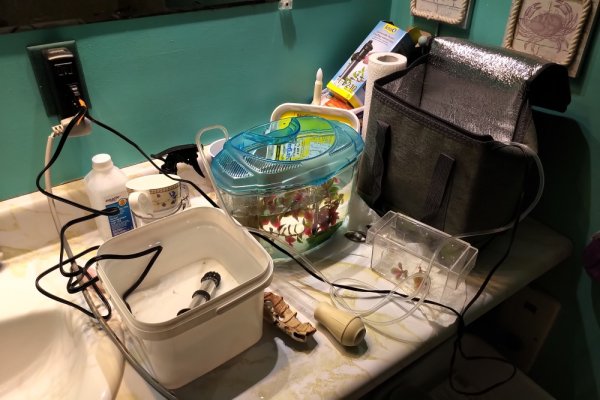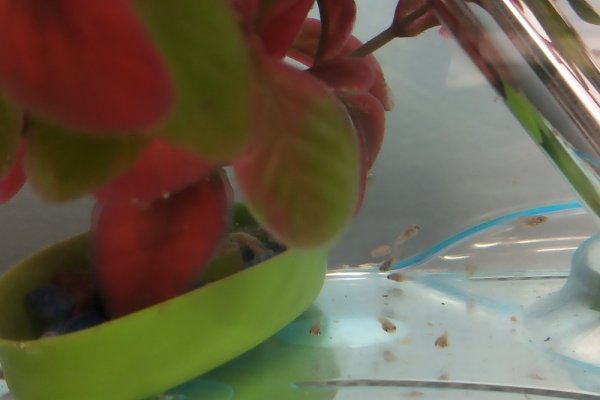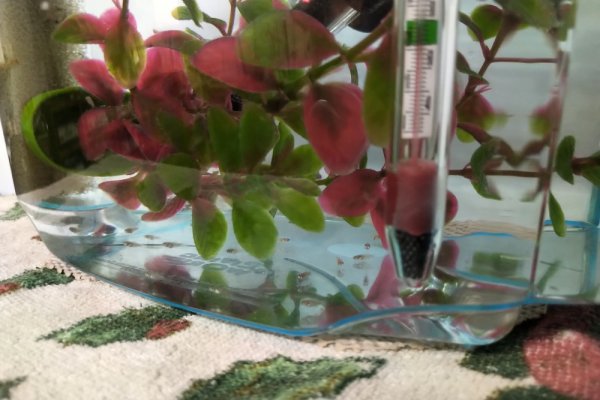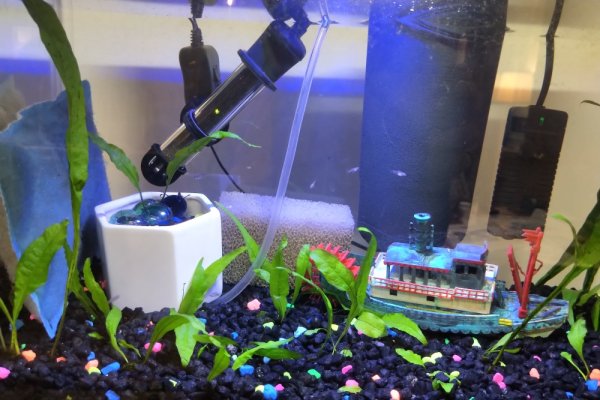I currently have at least 26 platy fry unexpectedly swimming in my bathroom. And if that isn't a cry for help, I don't know what is!
Three weeks ago I "inherited" an aquarium with two pregnant platy females. They had recently given birth, based on the fact that the aquarium also contained two very small fry, one only a week or two old and the other at least a few weeks. I was too late to separate the females from the male before they could get pregnant again in order to give their bodies time to recover.
It has been about 15 years since my last aquarium, so I'm working on memory, instinct, and online research based on issues as they arise.
It was a long weekend, and knowing that the females were very close to birth, I brought them home in their own aquarium water, put them in a location where the temperature would be the same as in their aquarium and kept removing uneaten food, debris, and poop.
They gave birth and then died. I felt awful, though realised that birthing again so soon, coupled with the move of coming home with me for the weekend could have caused enough stress to kill them.
The baby platies (at least 26 have survived) seem to be doing really well. Keep in mind that these are not (technically) my fish, and I am very limited as to resources. I have what was already in the classroom and what little there is at my small, local pet shop. I am far away from, well, everything.
Here's what I've done (and am doing): the babies are getting a water change daily as they are in a small uncycled tank. The water is conditioned and at the same temperature as the water they were in. The water change is done very slowly over a period of at least 2 1/2 hours to make sure they have time to adjust. I've made a make-shift sponge filter using the sponge part from the filter in the aquarium and a aerator stone. They have a large, fake plant, also from the original aquarium, which may provide some beneficial bacteria (and in which they also seem to really enjoy hiding). I've been crushing into a powder a mixture of freeze-dried bloodworms, tropical fish flakes, and "bug bites," to feed them three times daily. I'm sucking up any debris, food remains, or poo frequently to minimize on ammonia.
That's it. That's all I can think of to do. I have no access to water testing. I have no source of live (or even frozen) food. I have no Prime. I had no knowledge of platies, or breeding, but I feel like I'm taking a crash course. I do have high-quality water, an aquarium that is (to the best of my knowledge) cycled (with heater, substrate, and now a solitary male platy, a male guppy, and a very young platy), a small aquarium (with 26 fry, media and a plant from the original aquarium, a stone aerator, and a heater if needed, though at its present location its temperature is 78F, so I haven't had to turn it on). My plan is to put them in the primary aquarium as soon as they are large enough that they are unlikely to be eaten by the other fish.
Is there anything I could be doing that I haven't already done? Is there anything I should change? I've got water testing materials on request, but getting them could take a while. I have already spent more of my own funds than I should have, and I need not tell anyone here what a commitment of time this has been.
And tomorrow, I need to tell a classroom of students that both mamas died this weekend.
So, that's my story. I'm still so overwhelmed with what is happening at present that I can't even begin to process what will happen as these babies mature. That will be a different problem for a different thread. For right now, any help, encouragement, or suggestions are welcome!
-MooseMama
Three weeks ago I "inherited" an aquarium with two pregnant platy females. They had recently given birth, based on the fact that the aquarium also contained two very small fry, one only a week or two old and the other at least a few weeks. I was too late to separate the females from the male before they could get pregnant again in order to give their bodies time to recover.
It has been about 15 years since my last aquarium, so I'm working on memory, instinct, and online research based on issues as they arise.
It was a long weekend, and knowing that the females were very close to birth, I brought them home in their own aquarium water, put them in a location where the temperature would be the same as in their aquarium and kept removing uneaten food, debris, and poop.
They gave birth and then died. I felt awful, though realised that birthing again so soon, coupled with the move of coming home with me for the weekend could have caused enough stress to kill them.
The baby platies (at least 26 have survived) seem to be doing really well. Keep in mind that these are not (technically) my fish, and I am very limited as to resources. I have what was already in the classroom and what little there is at my small, local pet shop. I am far away from, well, everything.
Here's what I've done (and am doing): the babies are getting a water change daily as they are in a small uncycled tank. The water is conditioned and at the same temperature as the water they were in. The water change is done very slowly over a period of at least 2 1/2 hours to make sure they have time to adjust. I've made a make-shift sponge filter using the sponge part from the filter in the aquarium and a aerator stone. They have a large, fake plant, also from the original aquarium, which may provide some beneficial bacteria (and in which they also seem to really enjoy hiding). I've been crushing into a powder a mixture of freeze-dried bloodworms, tropical fish flakes, and "bug bites," to feed them three times daily. I'm sucking up any debris, food remains, or poo frequently to minimize on ammonia.
That's it. That's all I can think of to do. I have no access to water testing. I have no source of live (or even frozen) food. I have no Prime. I had no knowledge of platies, or breeding, but I feel like I'm taking a crash course. I do have high-quality water, an aquarium that is (to the best of my knowledge) cycled (with heater, substrate, and now a solitary male platy, a male guppy, and a very young platy), a small aquarium (with 26 fry, media and a plant from the original aquarium, a stone aerator, and a heater if needed, though at its present location its temperature is 78F, so I haven't had to turn it on). My plan is to put them in the primary aquarium as soon as they are large enough that they are unlikely to be eaten by the other fish.
Is there anything I could be doing that I haven't already done? Is there anything I should change? I've got water testing materials on request, but getting them could take a while. I have already spent more of my own funds than I should have, and I need not tell anyone here what a commitment of time this has been.
And tomorrow, I need to tell a classroom of students that both mamas died this weekend.
So, that's my story. I'm still so overwhelmed with what is happening at present that I can't even begin to process what will happen as these babies mature. That will be a different problem for a different thread. For right now, any help, encouragement, or suggestions are welcome!
-MooseMama


 As I said, I'm in damage control phase, not yet to long-term plan phase.
As I said, I'm in damage control phase, not yet to long-term plan phase.

